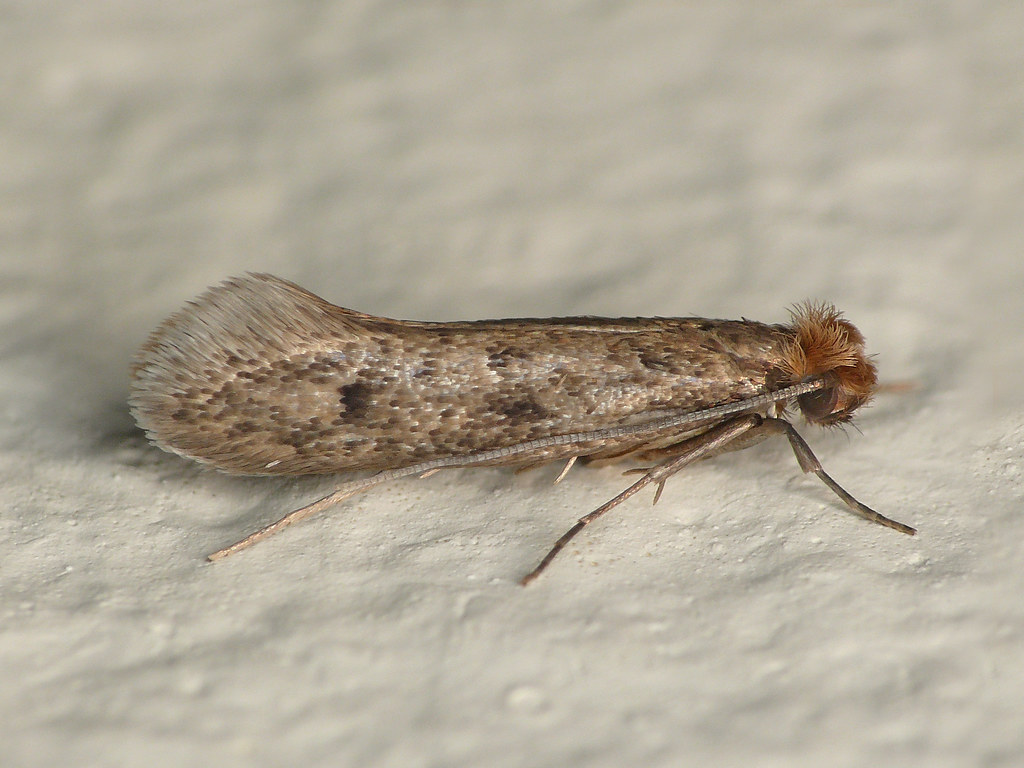When you notice small holes appearing mysteriously in your favorite wool sweater or find silky webbing in the corners of your closet, you’re witnessing evidence of one of fashion’s most persistent pests. Clothes moths may be tiny and elusive, but their impact on our wardrobes can be devastating. These small insects have evolved specifically to thrive on the materials we use to cover ourselves, turning our precious garments into their personal buffet. Unlike their spotlight-loving cousins that flutter around your porch light, clothes moths prefer the darkness of closed spaces, secretly damaging fabrics while remaining largely unseen. Let’s pull back the closet door and examine the fascinating yet frustrating world of these textile-destroying insects that have been human companions since we first began wearing animal fibers.
The Troublesome Species: Identifying Clothes Moths
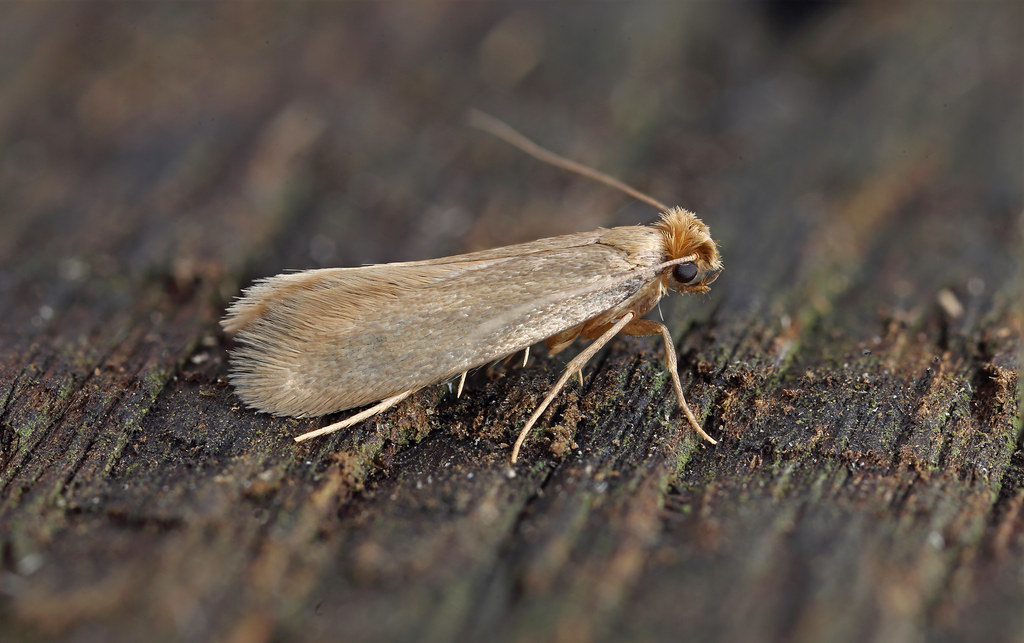
Two primary species of moths cause damage to clothing and textiles in homes worldwide. The webbing clothes moth (Tineola bisselliella) has a uniform golden color and grows to about 6-7mm in length, while the casemaking clothes moth (Tinea pellionella) is slightly smaller with distinctive dark spots on its wings. Unlike many other moth species that may enter homes, clothes moths are rarely seen flying around lights, as they prefer darkness and avoid light whenever possible. Their flight pattern is also distinctive—rather than flying directly, they tend to hop or flutter in an irregular pattern close to surfaces where they might lay eggs. Correctly identifying these pests is crucial for effective treatment, as other moths that might enter your home don’t pose the same threat to your wardrobe.
The Life Cycle: From Egg to Fabric Destroyer
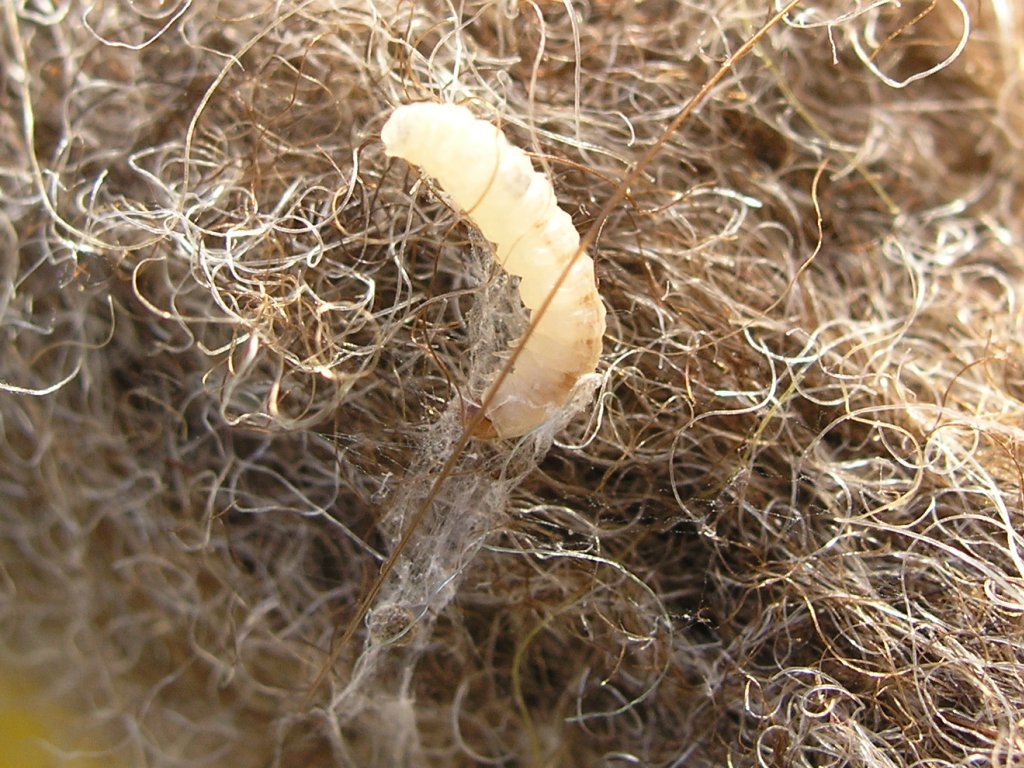
Clothes moths undergo complete metamorphosis with four distinct life stages: egg, larva, pupa, and adult. Female moths can lay between 40-50 tiny white eggs, which they carefully attach to fabrics with a glue-like substance that makes them difficult to remove even with brushing. Once hatched, the larvae—not the adult moths—are responsible for all the damage to clothing, as they feed on keratin-containing animal fibers to develop. This larval stage can last anywhere from two months to two years depending on environmental conditions, with warmer temperatures accelerating their development. After consuming enough nutrients, larvae spin cocoons where they transform into pupae before emerging as adult moths, which live only for about 15-30 days with the sole purpose of mating and laying eggs to continue the cycle.
The Menu: What Clothes Moths Actually Eat
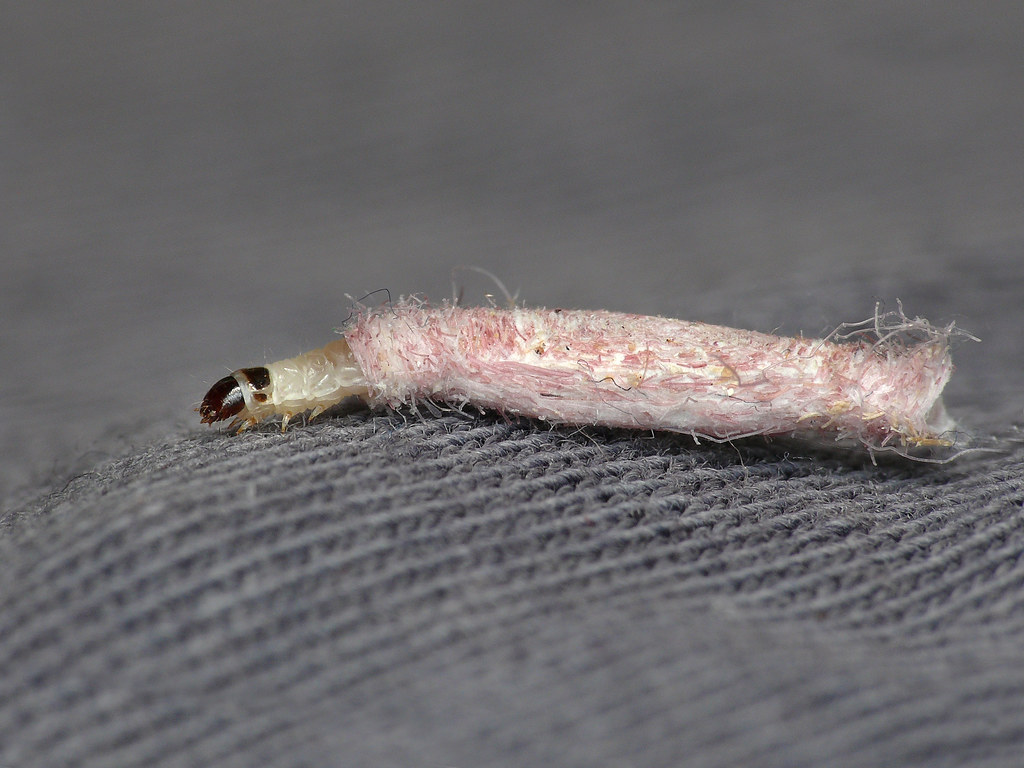
Contrary to popular belief, clothes moths don’t eat just any fabric—they have specific dietary preferences centered around animal-derived materials containing keratin. Wool stands at the top of their preferred menu, followed by cashmere, silk, fur, feathers, and even leather or items containing animal hair like brushes. Synthetic fabrics like polyester or nylon remain safe from these pests unless they’re blended with natural fibers or stained with food or sweat. Interestingly, clothes moths are particularly attracted to unwashed items that contain human sweat, oils, or food residues, which provide additional nutrients and make the keratin in fabrics easier to digest. Historical textiles and museum pieces are especially vulnerable to clothes moth damage due to their often high protein content and the accumulation of skin cells and oils from handling over the years.
Signs of Infestation: Spotting the Silent Invaders
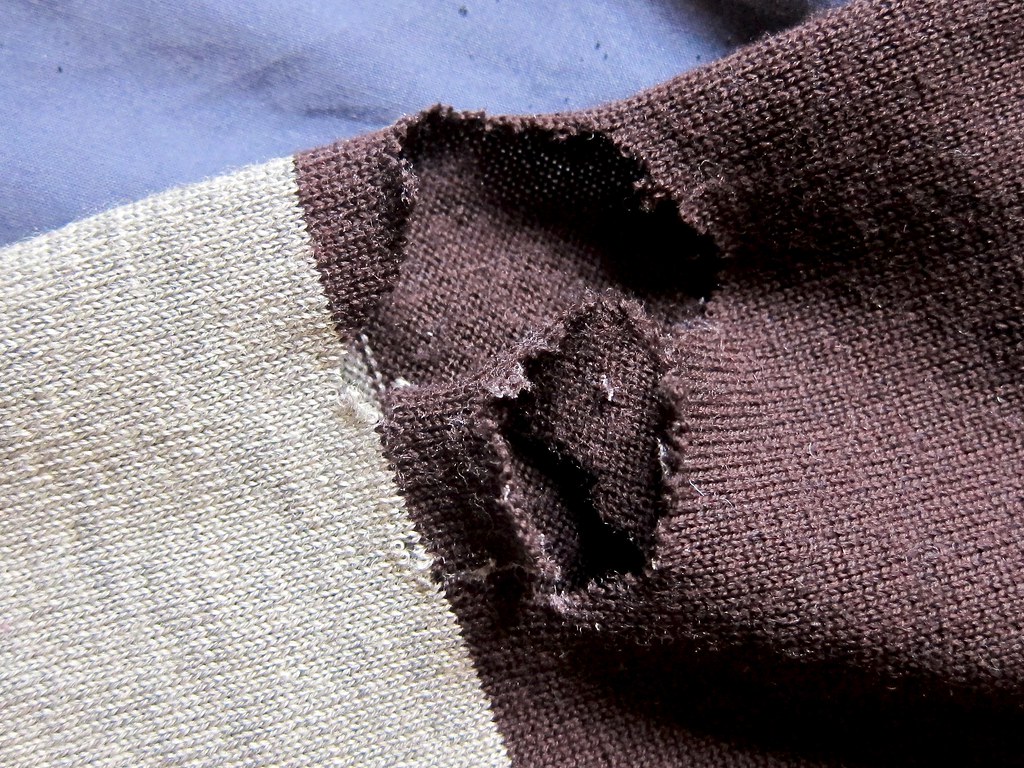
Detecting a clothes moth infestation early can save your wardrobe from extensive damage. The most obvious sign is finding irregular holes in wool, silk, or other animal-fiber clothing, particularly in hidden areas like under collars or in folds where moths prefer to lay eggs. Silky tubes or webbing attached to fabrics indicate the presence of casemaking moths, whose larvae construct protective cases from the material they consume. Fine, sandy debris that resembles sawdust near damaged items is actually frass—the excrement of feeding larvae. Adult moths fluttering weakly around closets or drawers, particularly in the evening, provide clear confirmation of an established population. Some people also report a musty, unpleasant odor in heavily infested closets, though this is typically only noticeable in severe cases where multiple generations have been present.
Prime Real Estate: Where Moths Like to Hide

Clothes moths are masters at finding secluded spaces within our homes that offer both darkness and an abundance of food sources. Closets with rarely worn wool garments represent prime habitat, especially if these spaces are undisturbed for long periods and contain unwashed items. Attics and basement storage areas containing boxed winter clothing, old uniforms, or heirloom textiles create perfect breeding grounds, particularly when these items aren’t properly cleaned or stored. Upholstered furniture with wool stuffing or natural fiber carpets—especially in low-traffic areas or under rarely moved furniture—can harbor entire moth colonies without detection. Surprisingly, birds’ nests near vents or eaves can serve as entry points, with moths moving from these external nests (which contain feathers and other protein fibers) into home storage areas during seasonal changes.
The Historical Relationship: Humans vs. Moths
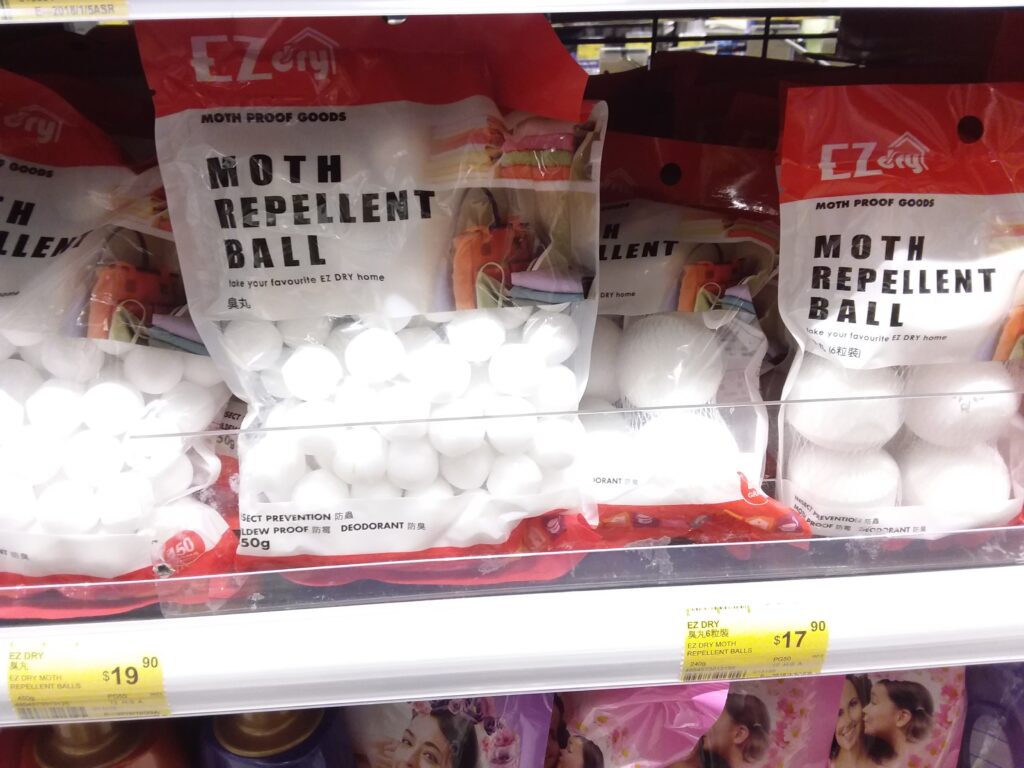
The battle between humans and clothes moths dates back thousands of years, with evidence of these pests found in ancient Egyptian tombs where they damaged funeral garments and textiles. Throughout history, people developed ingenious methods to protect valuable fabrics, including storage chests made from cedar and other aromatic woods that naturally repel moths. Renaissance-era nobles often employed dedicated servants whose sole responsibility was inspecting and protecting elaborate wardrobes from moth damage. By the Victorian era, mothballs containing naphthalene became widely used, though we now understand the health concerns associated with these toxic chemicals. The relationship between clothes moths and humans represents a fascinating co-evolutionary story—as we developed more elaborate textile arts and storage methods, clothes moths adapted to find and exploit these concentrated sources of food, evolving behaviors specifically suited to human habitation.
Prevention Strategies: Protecting Your Precious Fibers
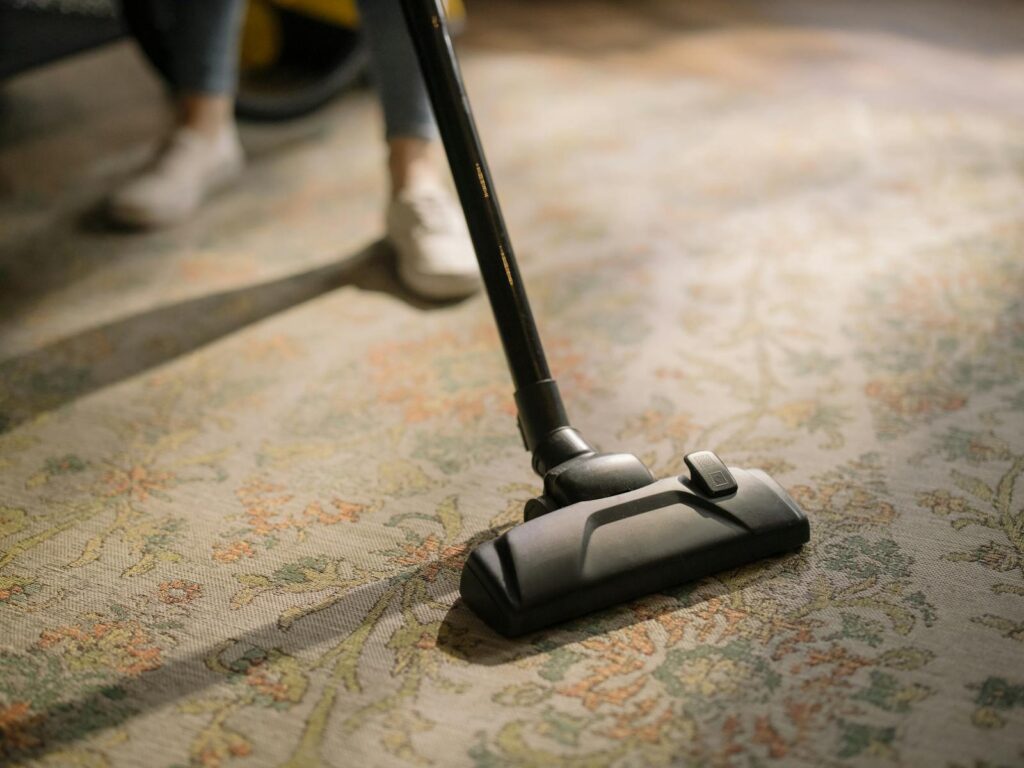
The most effective way to protect your clothing from moth damage begins with proper cleaning before storage, as moths are attracted to body oils, food stains, and other residues on fabrics. Thorough vacuuming of closets, carpets, and upholstery—including cracks and crevices—removes eggs and larvae before they can develop. Storing vulnerable items in airtight containers with secure seals prevents moths from accessing these materials, while cedar blocks, though not completely effective alone, can provide supplementary protection when their oils are fresh. Regularly rotating and disturbing stored clothing disrupts the stable environment moths need for successful reproduction and development. Temperature treatments offer chemical-free protection: freezing items for at least 72 hours kills all life stages of moths, while heating garments to 120°F (49°C) for at least 30 minutes provides similar results for items that can withstand high temperatures.
Natural Deterrents: Plant-Based Protection

For those seeking alternatives to chemical treatments, several plant-based deterrents have shown effectiveness against clothes moths. Lavender has long been recognized for its moth-repelling properties, with dried lavender sachets traditionally placed among stored woolens to protect them from damage. Cedar oil, extracted from cedar wood, contains thujopsene and other compounds that interfere with insect respiration and development, though these need regular refreshing as the volatile compounds dissipate over time. Rosemary, thyme, cloves, and lemon peels contain essential oils that clothes moths find repellent, making sachets containing these herbs useful additions to storage areas. Neem oil, derived from the neem tree, contains azadirachtin, a compound that disrupts insect growth and reproduction when applied to storage areas or directly to fabrics in diluted form. While these natural options may not eliminate existing infestations, they can significantly reduce the likelihood of moths selecting treated areas for egg-laying.
Chemical Warfare: When to Intervene
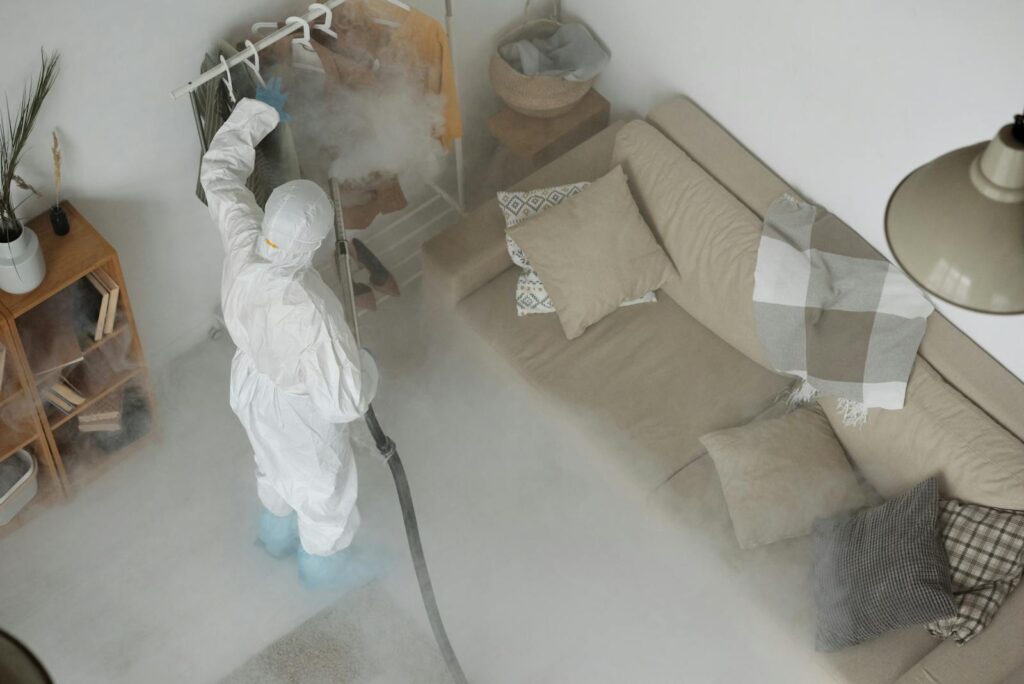
When facing a significant moth infestation, chemical interventions may become necessary despite preferences for natural solutions. Modern moth traps containing pheromones attract and capture male moths, breaking the breeding cycle without introducing widespread pesticides into your home. Pyrethroid-based insecticides specifically labeled for clothes moths can be applied to cracks, crevices, and other non-clothing surfaces where moths might hide, though these should never be sprayed directly on garments. Professional pest control services offer specialized treatments for severe infestations, including targeted applications that minimize chemical exposure in living spaces. When using any chemical treatment, careful consideration of potential health impacts remains essential, particularly for households with children, pets, or individuals with respiratory sensitivities. The ideal approach typically combines minimal chemical intervention with enhanced prevention strategies to achieve lasting protection.
Damage Control: Repairing Moth-Eaten Treasures
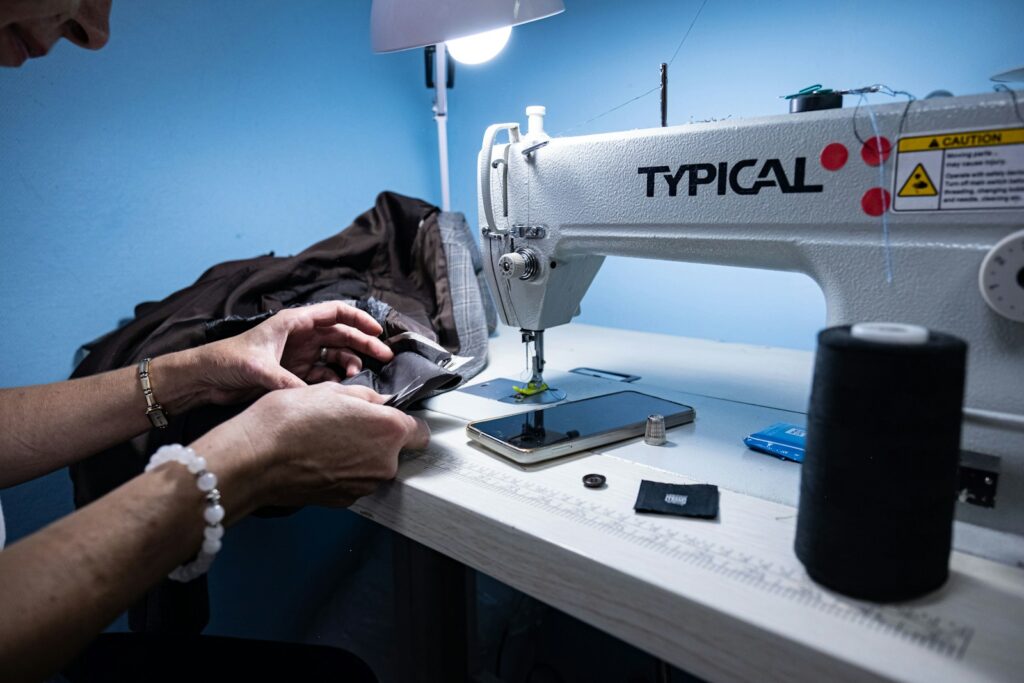
When clothes moths have already caused damage to beloved garments, all is not necessarily lost, as various repair techniques can restore affected items. Professional reweaving offers the most invisible repair for valuable woolens by meticulously recreating the original weave pattern using matching yarns extracted from hidden seams or specially sourced materials. For less valuable items or those with extensive damage, creative visible mending has become fashionable, using decorative stitching or patches to transform damage into design features. Needle felting provides an excellent solution for repairing small holes in felt or loosely woven wool items by using a barbed needle to integrate new wool fibers into the existing fabric structure. Some historic textile conservators even employ specialized adhesives and backing materials to stabilize damaged areas in museum-quality pieces, techniques that can sometimes be adapted for precious family heirlooms with irreplaceable cultural or sentimental value.
Climate Change and Moths: An Increasing Threat

Climate change has begun affecting clothes moth populations in ways that potentially increase their threat to our wardrobes. Warming temperatures in many regions allow for shorter life cycles and more generations per year, with some studies suggesting that clothes moths in heated homes now produce 3-4 generations annually compared to 1-2 generations in previous decades. Milder winters reduce natural die-offs that historically limited population growth, allowing more larvae to survive through previously harsh seasons. Extended warm seasons in many locations provide longer breeding periods, while increased humidity in some regions creates more favorable conditions for egg development and larval growth. Entomologists have also documented range expansions for both common clothes moth species, with these pests appearing in regions where they were previously rare or absent, creating new challenges for textile preservation in museums and homes alike.
Digital Monitoring: Technology Joins the Battle
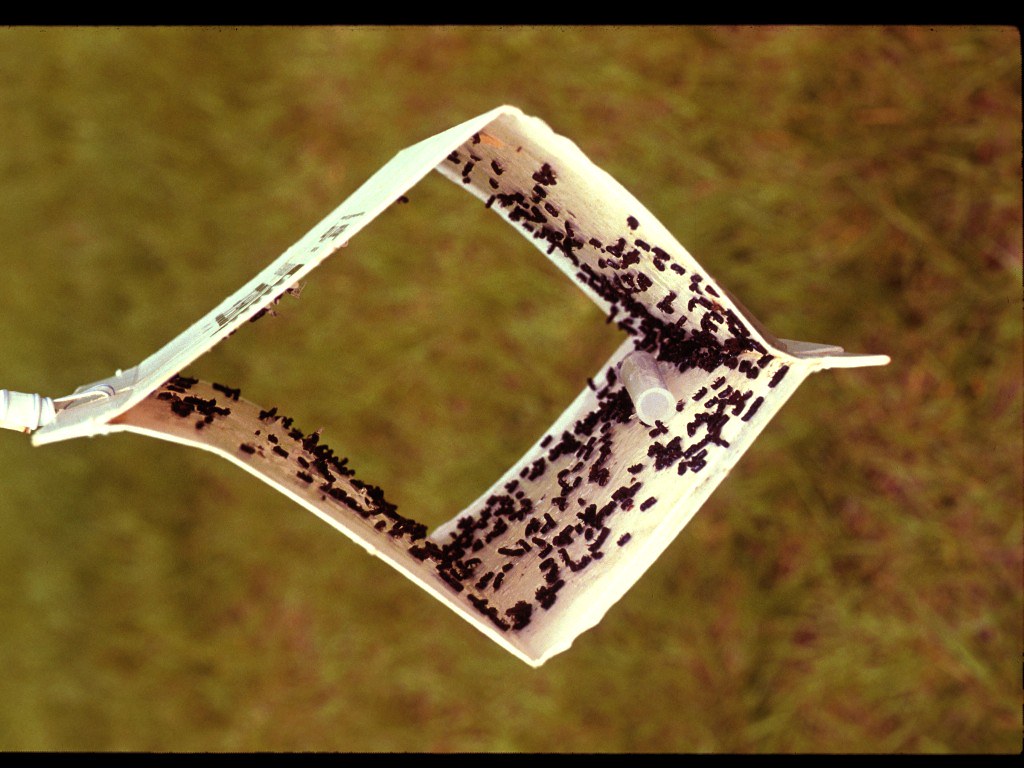
Modern technology offers new weapons in the age-old battle against clothes moths through sophisticated monitoring and early warning systems. Pheromone-based digital traps now include counters and smartphone connectivity that alert homeowners when moth activity increases, allowing for earlier intervention before significant damage occurs. Some advanced home monitoring systems incorporate specific sensors for detecting the subtle movement patterns and infrared signatures of moth larvae in dark closets, sending alerts when suspicious activity is detected. Museum conservation departments increasingly employ specialized cameras and imaging technology that can detect early stages of moth activity on textiles before visible damage appears. Artificial intelligence applications are being developed to analyze patterns of moth damage and predict vulnerable areas in textile collections, allowing for targeted preventative measures rather than reactive treatments after infestations are established.
Moths Around the World: Global Variations
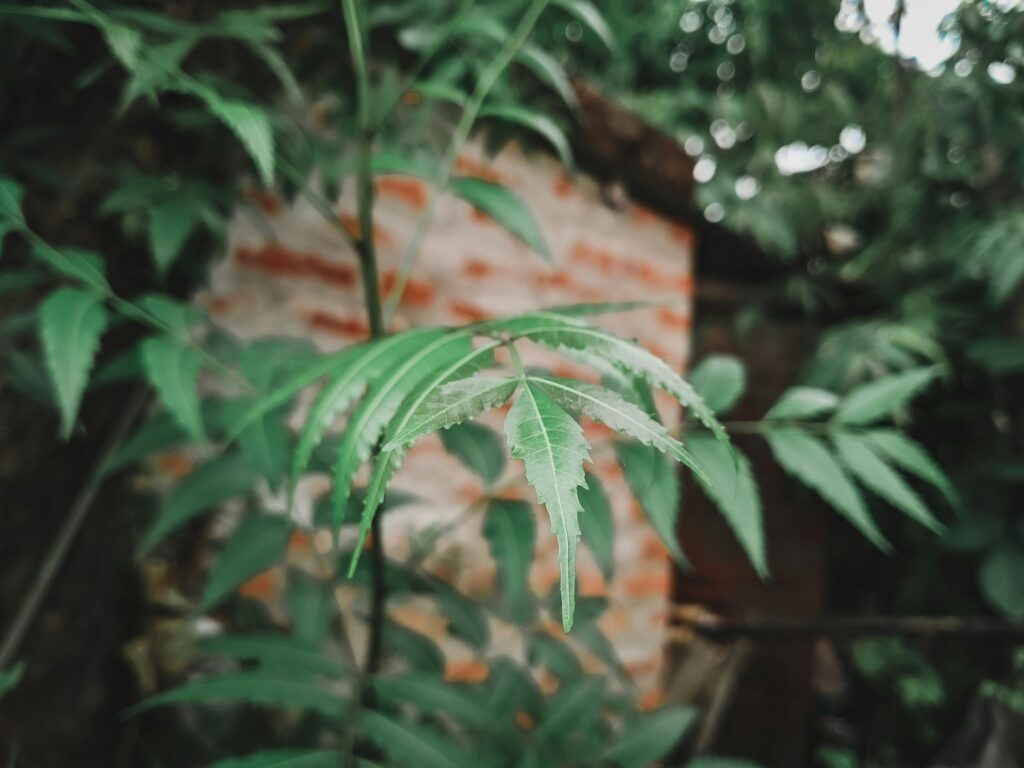
While clothes moths exist worldwide, interesting regional variations appear in both the species prevalent and the traditional methods used to combat them. In Mediterranean countries, dried orange peels studded with cloves have been traditionally placed among woolens, combining two natural repellents that thrive in the local climate. Japanese cedar balls called “dainashi” have been used for centuries to protect silk kimonos, utilizing the same principles as Western cedar but with species native to East Asia. In parts of India, neem leaves are traditionally layered between stored textiles, a practice now validated by modern science confirming neem’s insecticidal properties. Australian aboriginal communities developed techniques using specific eucalyptus species to protect animal-fiber artifacts, a practice that continues in some traditional communities today. These diverse approaches reflect both the universal challenge clothes moths present and the ingenious ways different cultures have developed locally-appropriate solutions using available materials.
Conclusion
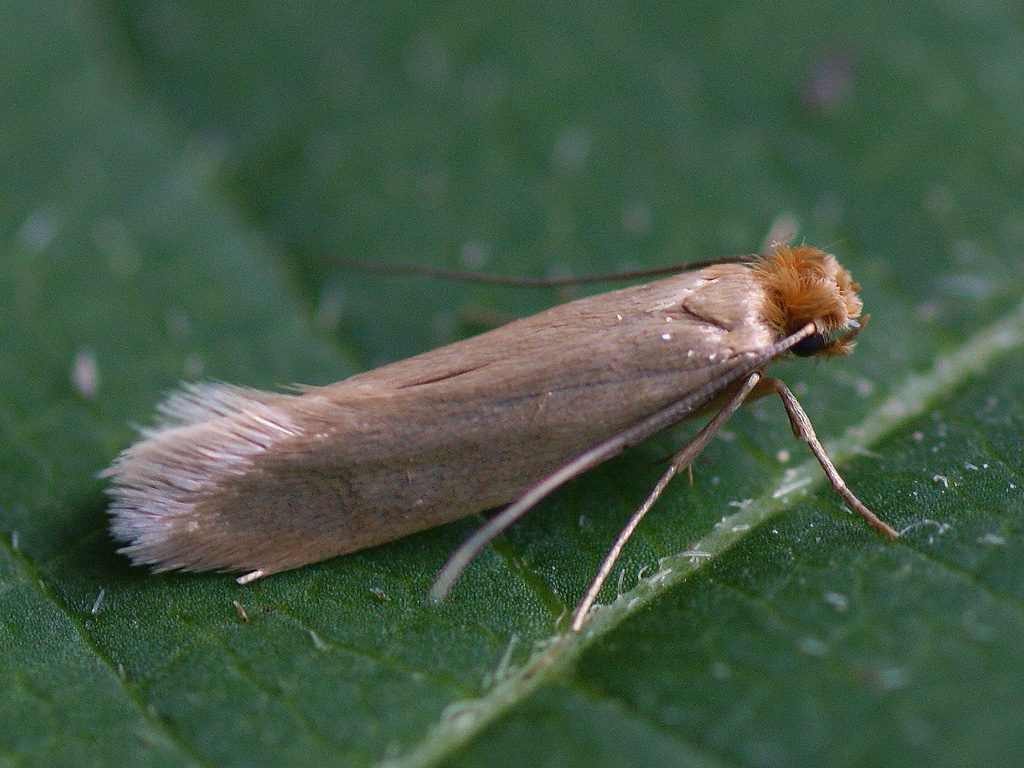
The humble clothes moth may be small and unassuming, but its impact on our possessions, history, and daily lives is anything but insignificant. These specialized insects have evolved alongside human civilization, adapting to our changing habits and technologies while maintaining their fondness for our animal-fiber garments. Understanding their biology, preferences, and vulnerabilities gives us the knowledge needed to protect our wardrobes effectively. Whether through meticulous cleaning, careful storage, natural deterrents, or modern monitoring, we can reduce their impact without resorting to harmful chemicals. As we face changing climate conditions and increasingly value sustainable textiles, our relationship with these persistent pests continues to evolve. Perhaps the most effective approach combines ancient wisdom with modern science—respecting these remarkable insects while keeping them firmly out of our closets.

